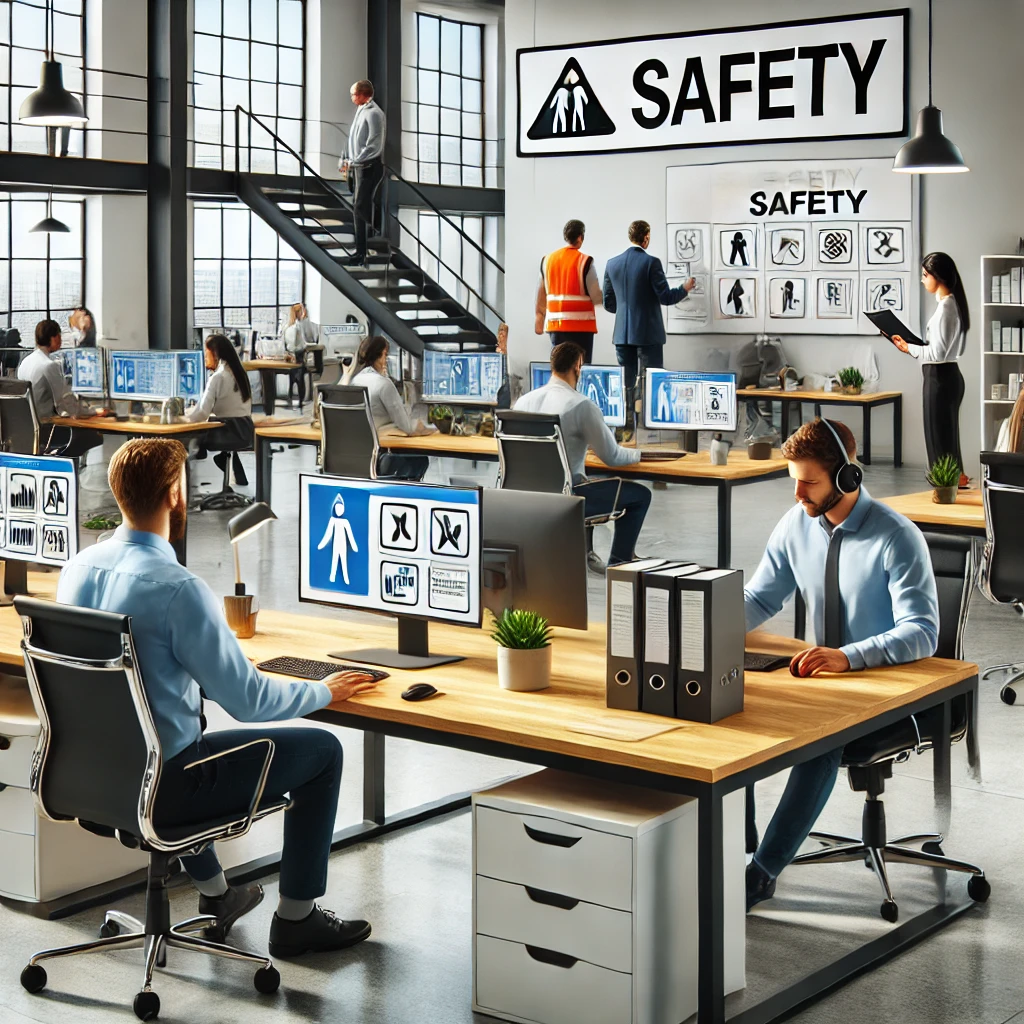Ensuring workplace safety is essential to creating a productive, healthy environment. By implementing effective safety strategies, companies can minimise accidents, boost morale, and maintain a resilient workforce. Here are key strategies that modern workplaces can adopt to keep employees safe and secure.
1. Regular Safety Training and Awareness Programs
Safety training is essential for all employees, regardless of their role. Providing frequent training on topics like emergency procedures, handling hazardous materials, and ergonomic best practices ensures everyone is prepared for potential risks. Offering updates through digital platforms or scheduled training sessions keeps safety knowledge current and accessible.
2. Ergonomic Workstation Design
An ergonomic workspace reduces the risk of physical strain and injury. Investing in adjustable desks, supportive chairs, and screen positioning tools can significantly minimise musculoskeletal issues. Many offices are incorporating standing desks, which reduce sedentary time and encourage better posture, boosting both physical health and productivity.
3. Implementing Safety Signage and Communication Systems
Clear safety signage helps prevent confusion in high-risk areas. Adding signs in places like staircases, exits, and equipment storage areas can guide employees and help them avoid hazards. Additionally, ensuring accessible communication systems for reporting incidents or seeking assistance is vital.
4. Routine Equipment Maintenance
Ensuring all office equipment is well-maintained is fundamental to a safe work environment. Regularly checking HVAC systems, electrical setups, and even daily-use equipment can prevent unexpected malfunctions that could lead to injury. Partnering with reliable maintenance providers supports this approach.
5. Digital Tracking and Reporting Tools
Using digital tools to track and report safety incidents allows companies to identify patterns and take preventive measures. Many organisations use workplace apps that employees can access to quickly report any hazards, ensuring that issues are promptly addressed.
6. Establishing a Workplace Safety Committee
Forming a committee dedicated to safety brings employee perspectives into company safety policies. This committee can conduct monthly reviews, propose safety enhancements, and ensure consistent communication between management and employees.
For more insights on effective workplace practices, explore the scs blog which covers a range of workplace improvements and safety practices.
Conclusion
Prioritising workplace safety not only safeguards employee well-being but also enhances productivity and morale. Adopting these strategies can create a proactive safety culture that benefits everyone. Discover additional topics on workplace improvements on the scs blog.

